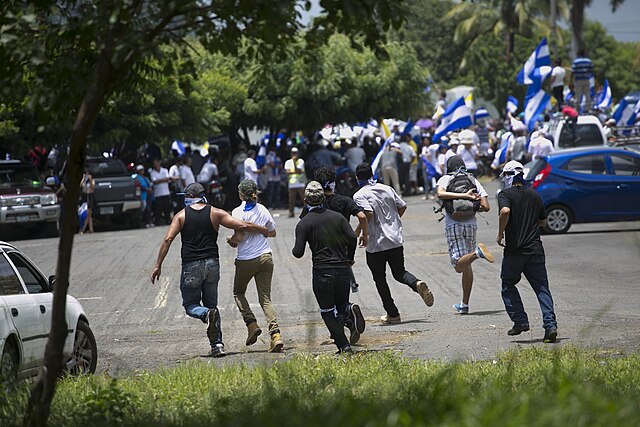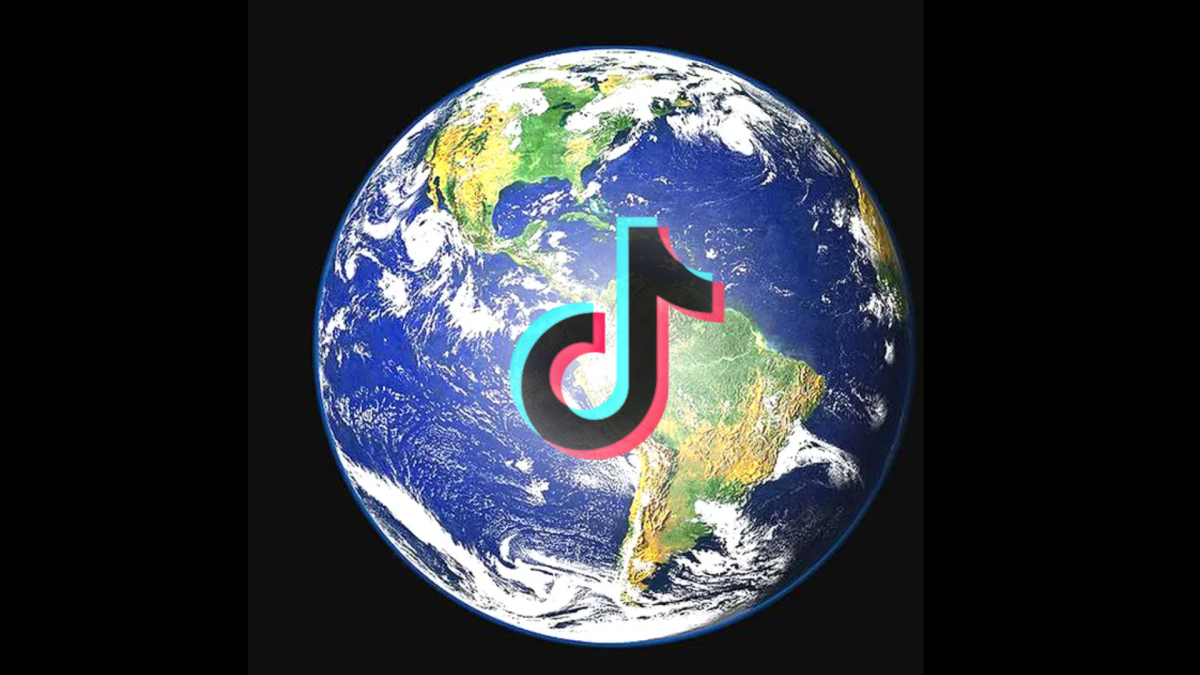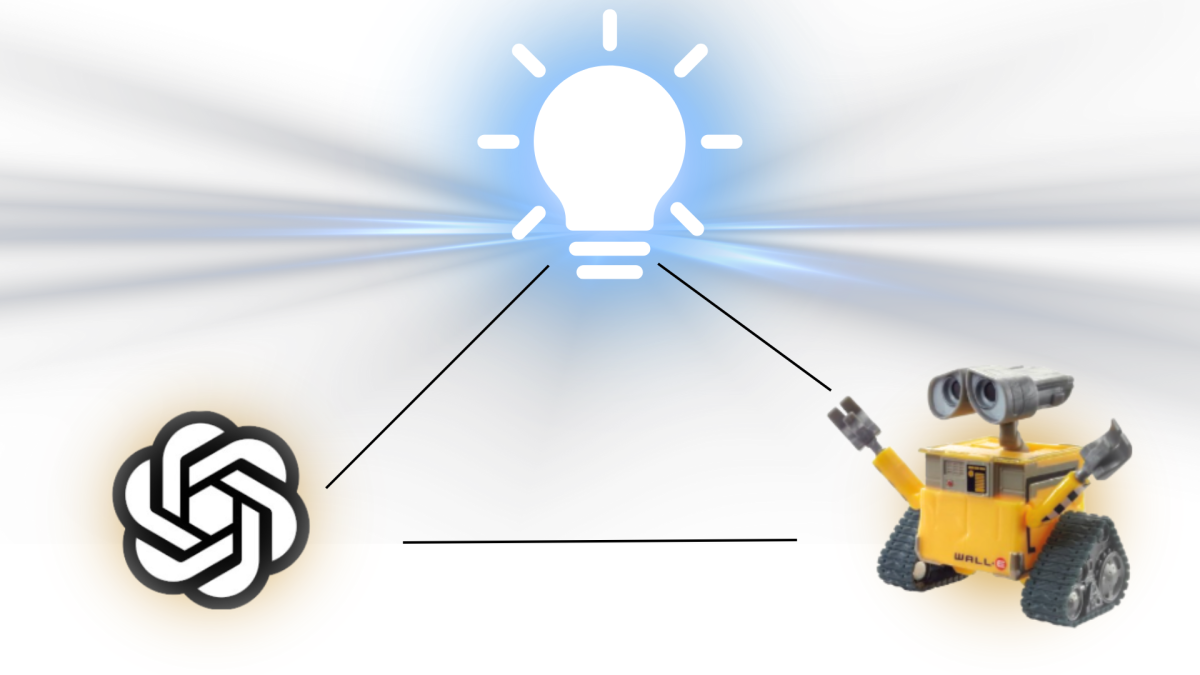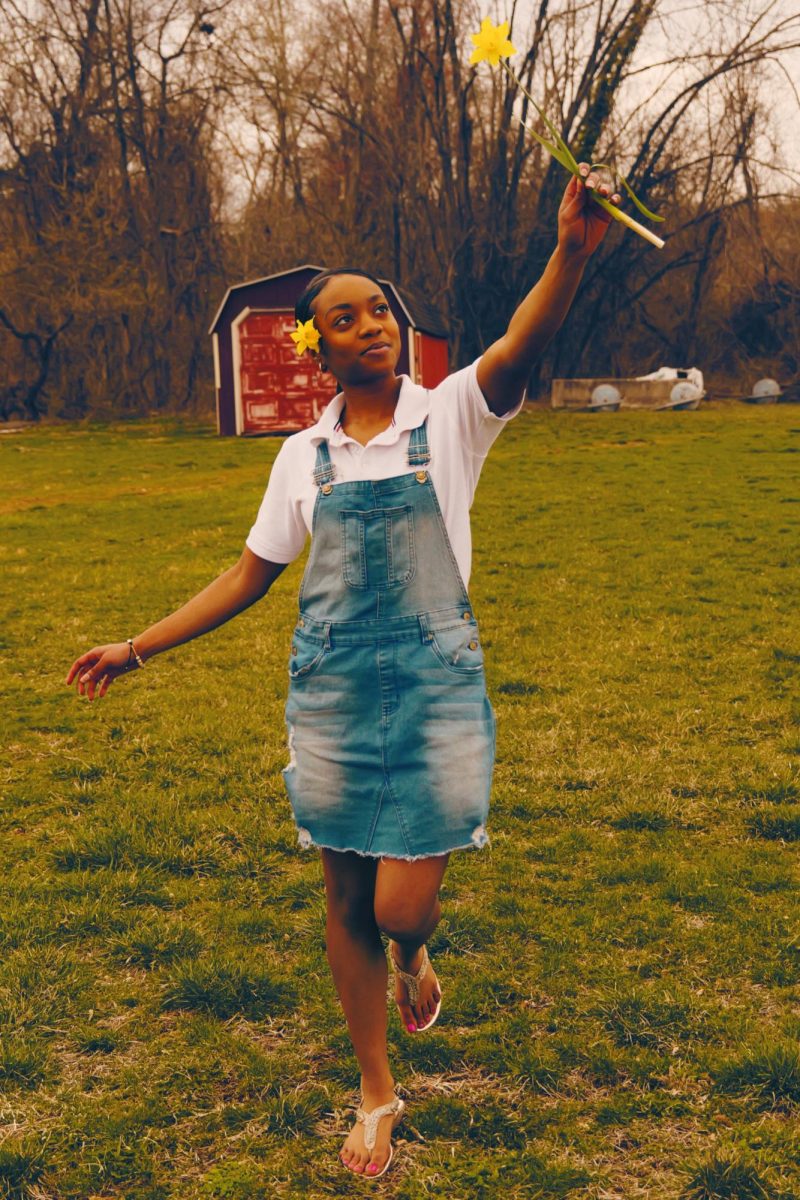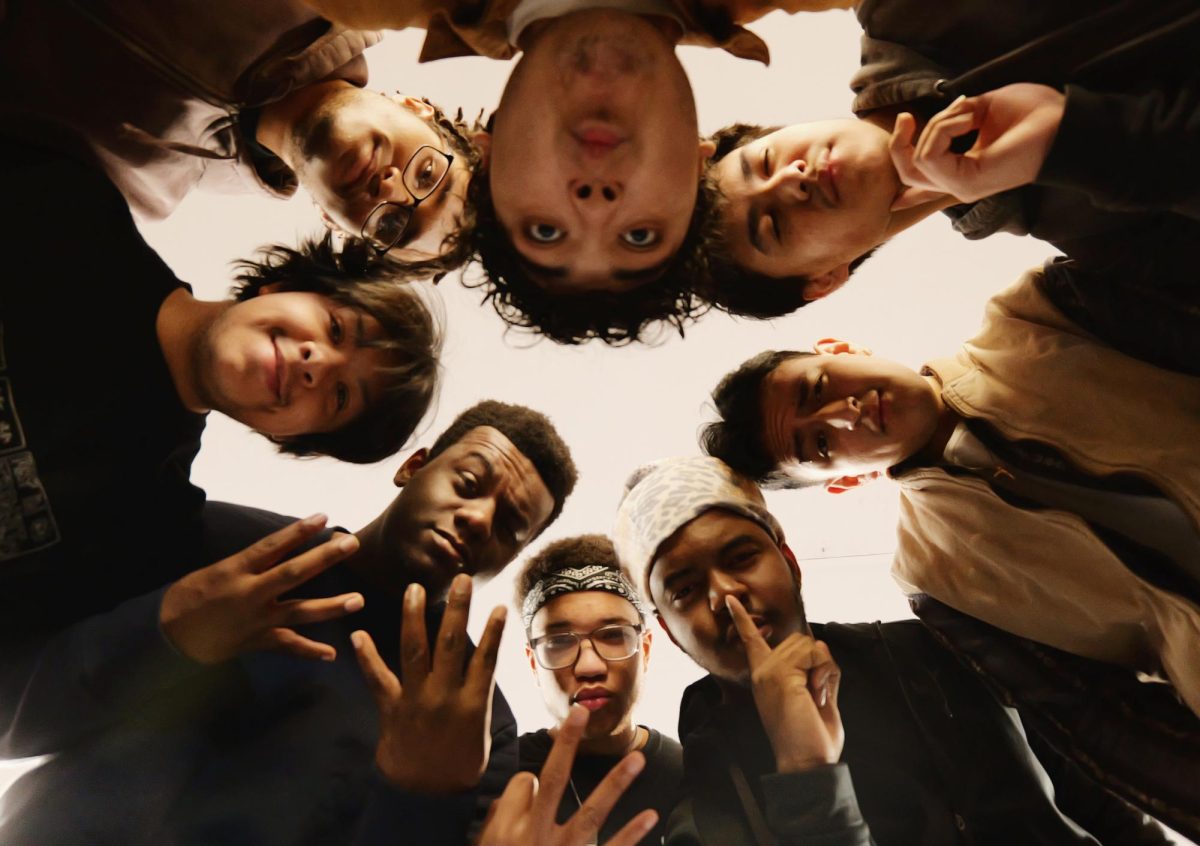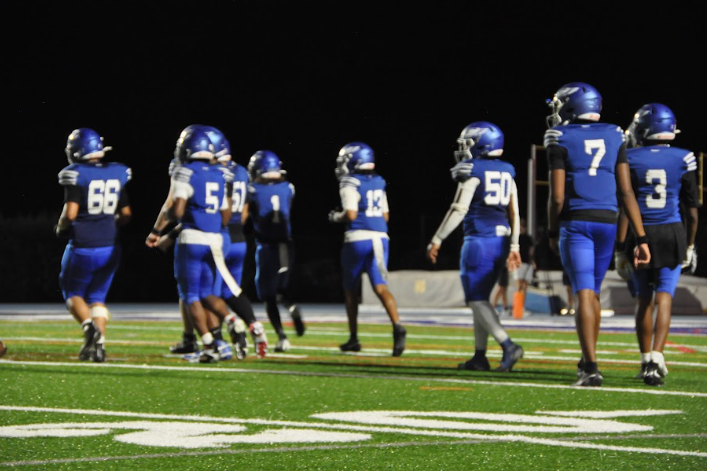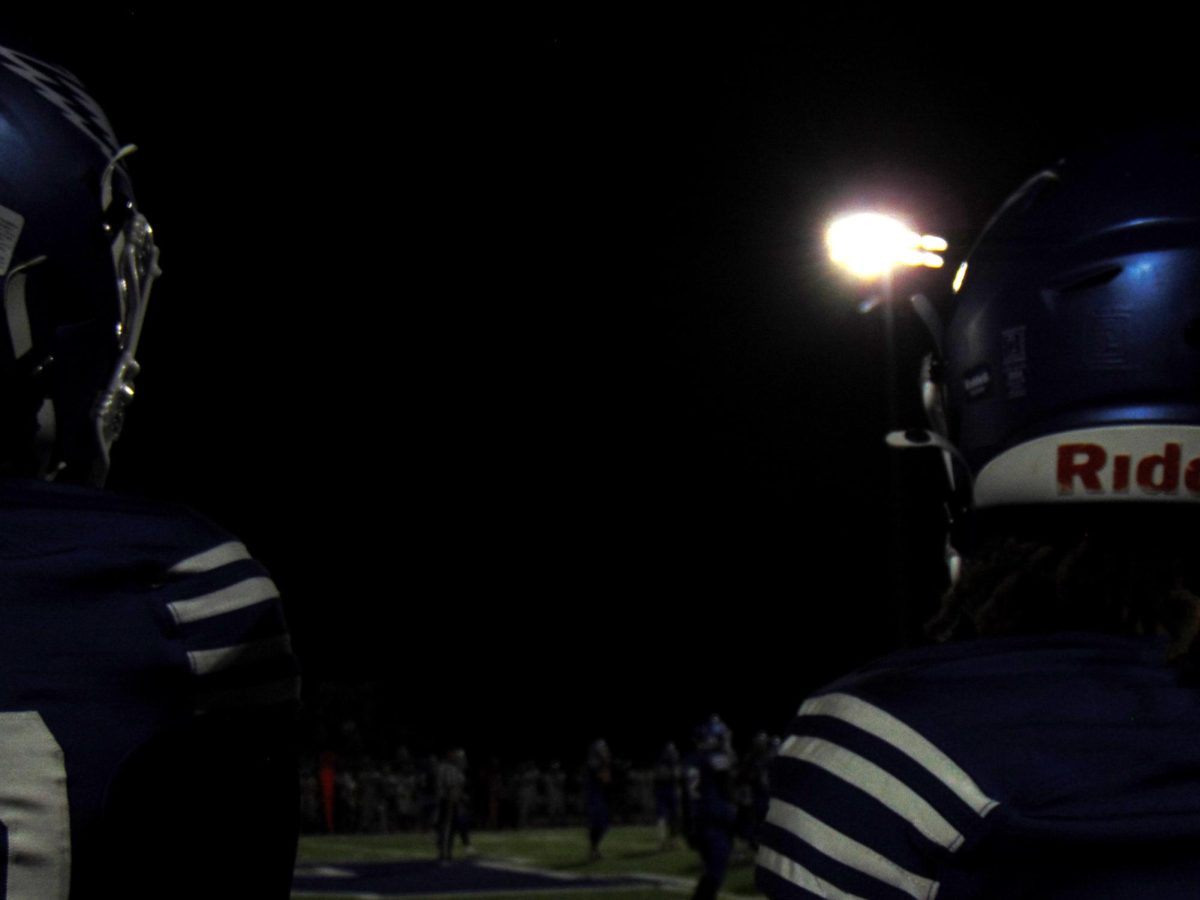April 18, 2018.
I threw my backpack on the floor and headed to the room where the television was located. Channel 10, the most famous national news program in Nicaragua, was showing one of the most important nature reserves (a tract of land that preserves flora and fauna) in the country, Indio Maiz, burning. It was something my eleven-year-old mind couldn’t understand at the time. I thought to myself, “Why don’t the police or the government intervene if the reservation is so important?” I didn’t know who was doing it and why; we never had an answer.
The next day, a massive wave of university students began to oppose and show their discontent with the government for not stepping in to stop the burning. I heard the words “Protest” and “SOS ” so much that I ended up learning their meaning at such a young age.
Of course, my mom said that those protests would pass and life would go back to normal, but how wrong she was.
This was the beginning of when President Daniel Ortega would show who he really was.
Nicaragua suffered its first dictatorship with Anastasio Somoza García in 1937. Somoza built an anti-communist regime, violent towards the Nicaraguan people, corrupt, despotic, and formed as a kind of monarchy. Somoza Garcia used what was called “Guardia Nacional” (National Guard) as his own private army. The National Guard was used to stop the protestants, attack towns, and increase fear among the population. The government of Anastacio Somoza García lasted until 1956 after his assassination at the hands of Rigoberto López Pérez, poet and member of the PLI (Independent Liberal Party), but García’s sons, Luis Somoza Debayle and eventually Anastacio Somoza Debayle, led the country the same way as García.
The relationship between the Somoza family and the United States was complex but significant. The United States government supported the Somozas due to the country’s natural resources and the region’s strategic interests, especially during the Cold War, but after enough bad publicity from the family’s state-wide violence, the United States stopped helping them in 1979, and it was in this year that Daniel Ortega became the leader of Nicaragua, officially becoming president by 1985. At the time, and up until very recently, Ortega was actually a popular leader in Nicaragua for finally expelling the Somozas.
And why am I talking to you about history? You must understand why current President Ortega is currently repudiated. In fact, it is said now that he is another Somoza, if not worse than him.
Although the burning of Indio Maíz and its protests began on April 3, one of the best-known dates is April 19, since it was when a young man was killed for the first time in the hands of the police. This date was declared as National Peace Day in 2023, but this is percieved as a mockery by the government.
You may wonder: “Why do you think it is a form of mockery?”
Well, dear reader. There is no such thing as peace in Nicaragua, or at least not anymore.
I witnessed that. I witnessed the terror that my stepfather had to suffer. The head of the home searching and trying for us to survive. A taxi driver who had no customers and the only people who used transportation in those days were protesters.
“There was no one on the streets and since I was the only one working, I had to help [the protesters] to be able to get some money,” my step-dad said.
Jorge Hernandez is an ex-physical education teacher whose job in 2018 consisted of driving a taxi due to the low employment rate in the country. Being a taxi driver wasn’t going so badly for him, but when the protests started, Jorge began to get involved with protesters by offering them transportation. He was helping them escape when the police turned violent. He also came to mobilize those who provided food and drink to the protesting students.
“I tried to take only students because they were harmless, something that the police did not seem to see since they behave very violently towards them, throwing tear gas and even shooting,” said my stepfather, who witnessed the aggressiveness of the police. There were nights that I prayed to God to be able to get a more decent job so that I wouldn’t have to risk my life in the streets. Obviously, I also asked to please stop all those protests since that would end us. Seriously, I was afraid every time I went to work, but I had three mouths to feed so I couldn’t just not work.”
On the other side of the coin was Ana Maliano, Jorge’s wife. My mother. Ana was a housewife. One morning, I remember she woke up the whole family because, once again, counter-protesters, on behalf of the government, were shooting through all the houses just to impose terror on the community. She had to keep her family safe from them so they all used to sleep in the same room far in the back so the bullets wouldn’t be able to touch them.
At this point, Jorge and Ana knew that they couldn’t survive like this. Eating rice and beans three times a day every day, having little income and afraid to talk about the government or even own something blue or white (anti-government protestants used blue and white or the national flag as their emblem. ) Plus, the car had so many mechanical problems that it spent more money than it made. Their decision, after three years of the country’s economy and security collapsing, was to leave the country. “It was either this or starve,” Mom said.
In summary, there were 355 deaths confirmed by the Inter-American Commission on Human Rights and more than 1,000 injuries. Closed universities, destroyed streets, armed civilians, burned houses and artificial trees and dead innocents were part of the chaos after the protests began. In addition, empty schools since students feared going to class and being involved in a roadblock or protest.
As previously mentioned, I am part of this story. My whole school year stopped. At first, I remember being so happy that I could miss some days of school. Weeks. Months. To be honest, I don’t even know how I passed that school year since I was absent for most of it. In Nicaragua, the internet is not that advanced, and not all of us possess a computer or even a cell phone. Personally, I did have my cell phone, so I used to do my homework in Google Classroom, but if you ask me what I learned at school that year, I don’t remember anything.
Remembering. It is hard to remember a traumatic event in your life. I have vague images of the news of those years. Dead people in the streets, protesters, people shooting in the streets at night, and a food shortage at home. I remember my stepfather talking with my mom crying. My mind tried to block all of those memories, all of those moments that made me grow up faster.
It’s funny to be so afraid of something so beautiful. A land full of lakes and volcanoes, full of culture and gastronomy, the sound of marimbas: all exchanged for handmade weapons and shootings. Being afraid of your flag and being afraid to tell the truth.
Nicaragua’s future is uncertain. Jorge and Ana are away from their homeland in an unknown country hoping to one day see their relatives again, taste their food, listen to their Nica sound and see their natural landscapes. Meanwhile, her daughter writes their story and their dream of freedom of their beloved homeland.

